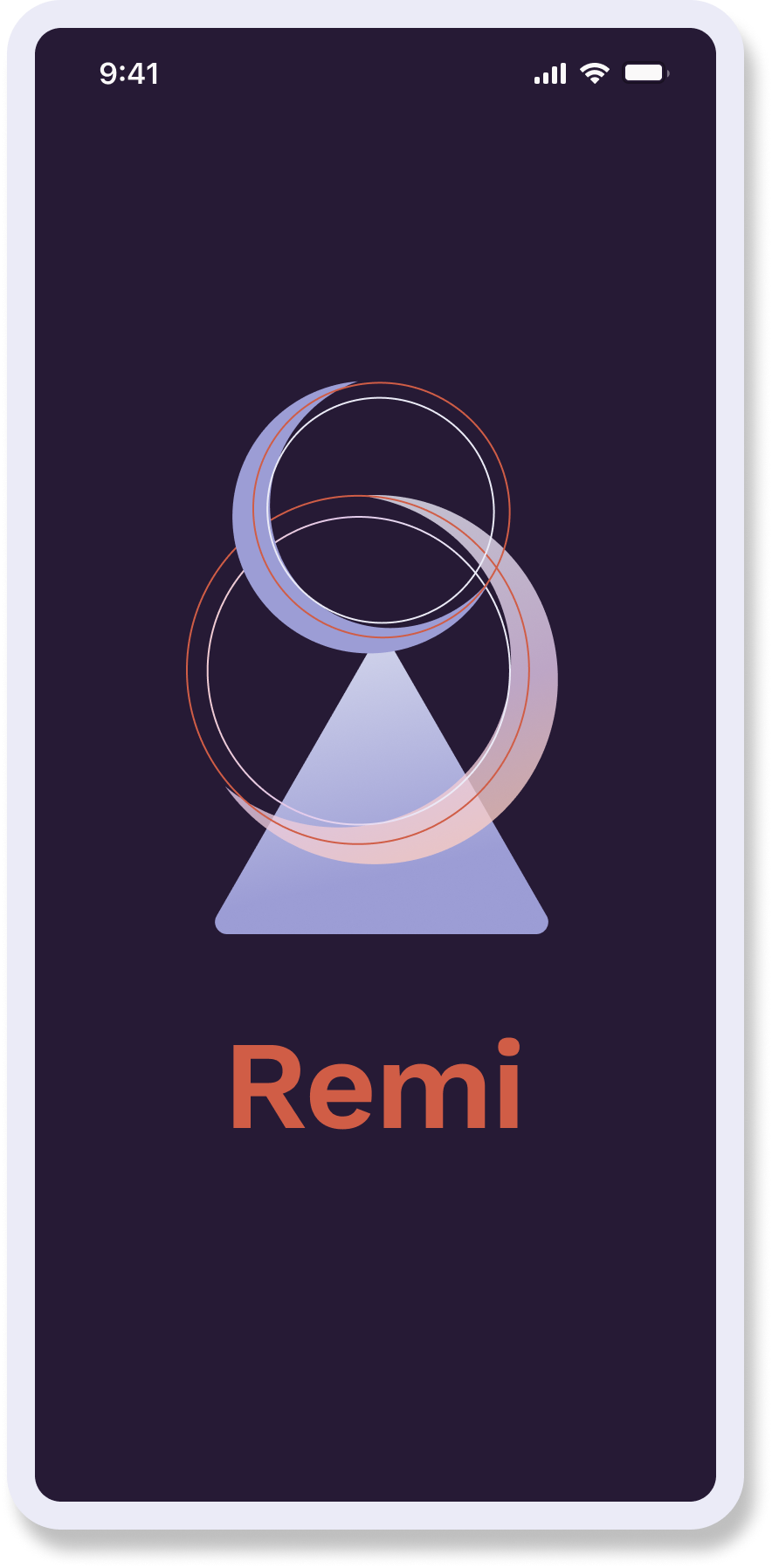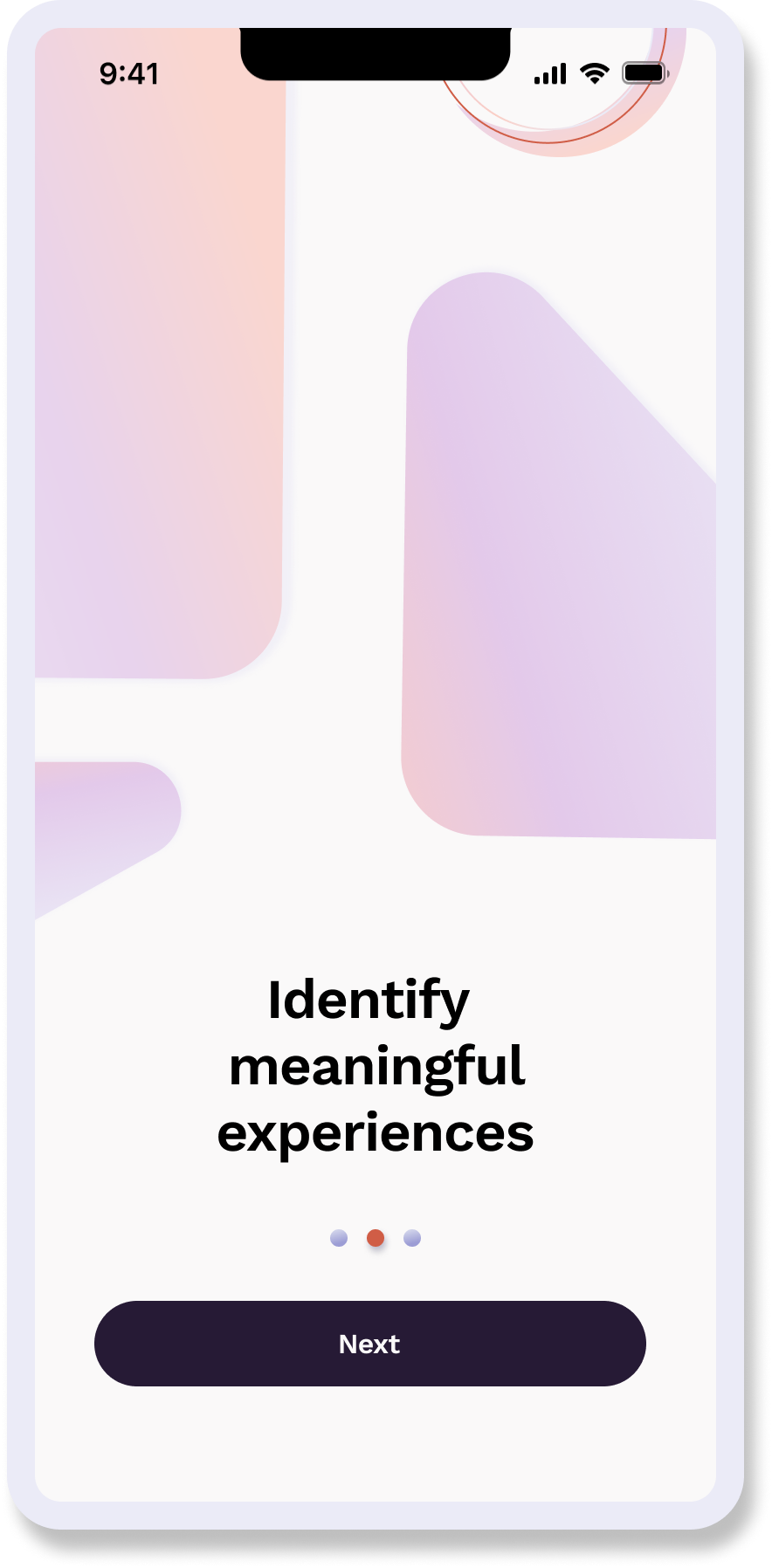Remi
User Research, Mobile and Physical Product Design
Team: Mercedes Saldana, Yu Cheng
Personal Contribution: Visual User Interface Design, User Research, Interaction Flow
Date: Jan - May 2022
MISSION:
How might we capture and celebrate meaningful memories and experiences of the person living with Alzheimer’s disease?
CONTEXT & MOTIVATION:
Memories are an essential part of our lives and make us who we are. Photographs, videos, and the voice of our loved ones allow us to reflect on some of the most special occasions in our lives.
Remi (derived from reminiscence) is a physical device accompanied by a mobile application that engages with the elderly in their leisure time by being an active listener and providing intelligent company.


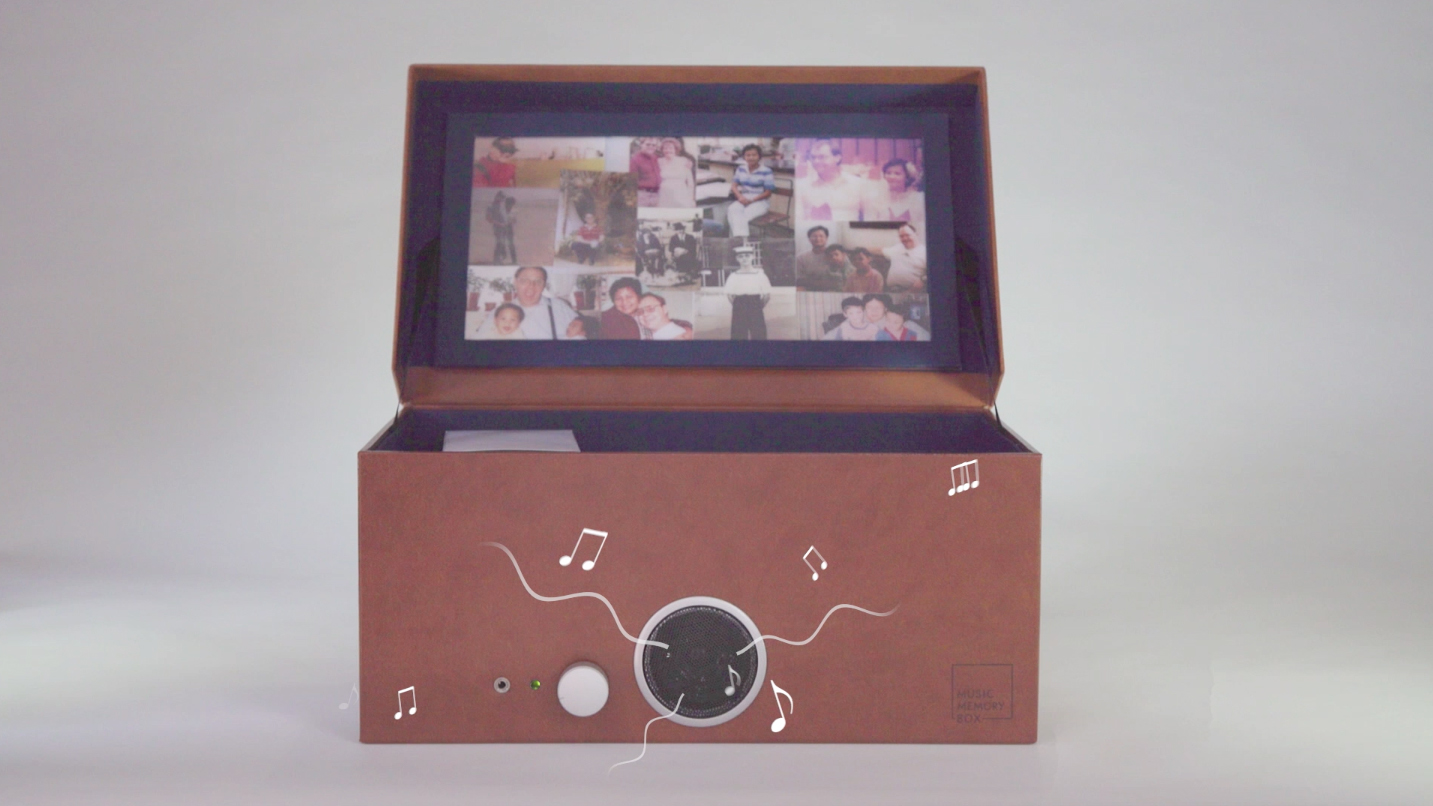
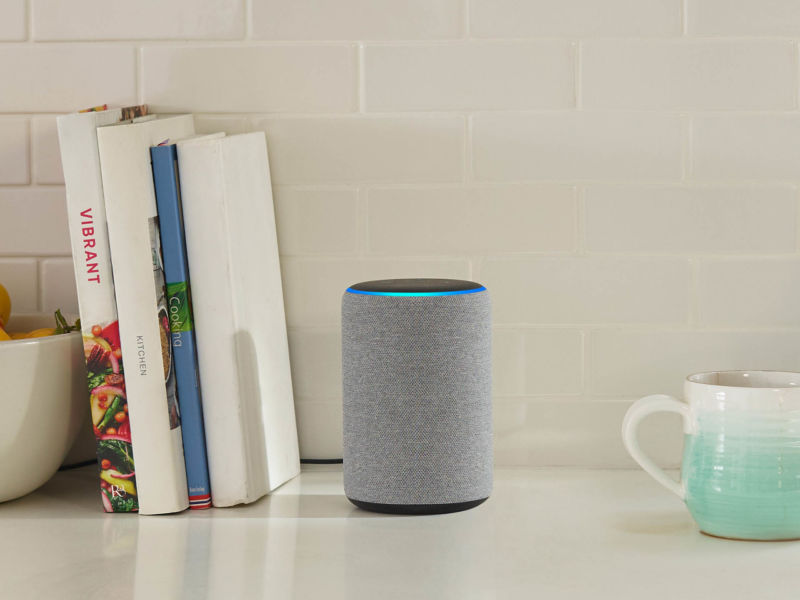
Interviews with caretakers and geriatricians show that seniors living with dementia benefit from repetition and routine. In terms of memory recall, experiences from their youth or childhood often surface as the memories they enjoy retelling the most.
IDEATION:
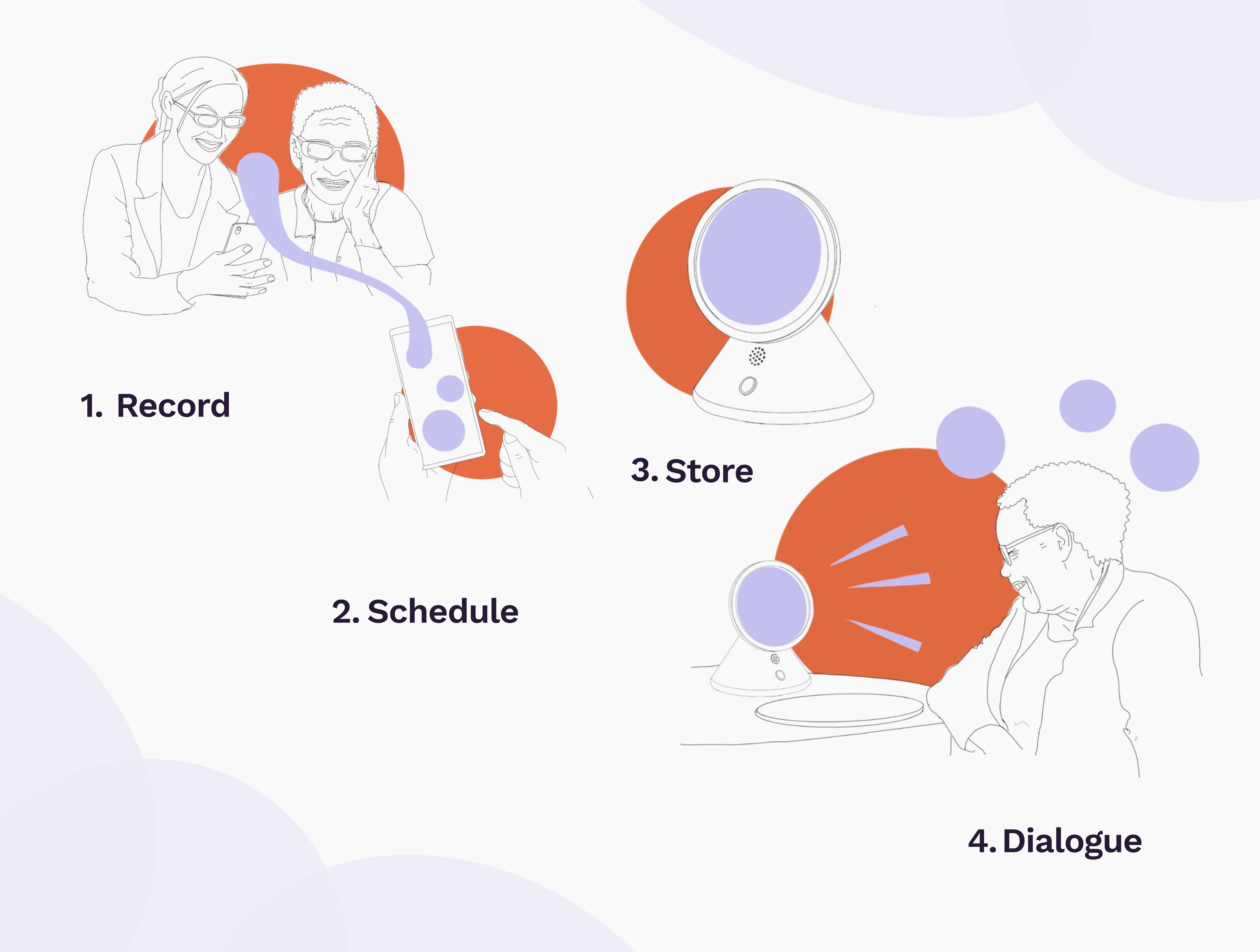
Our device will be introduced in the early stages when a senior is diagnosed with dementia.
The primary caretaker, who we assume will spend some portion of their day with their loved one, will set up the accompanying application on their phone.
The caretaker then will guide their loved ones in identifying their most meaningful memories.
As the disease progresses through to the mid-stage, caretakers will likely spend a significant amount of time caring for their loved ones and have to make tradeoffs in terms of their social, family, and professional lives.
The primary caretaker, who we assume will spend some portion of their day with their loved one, will set up the accompanying application on their phone.
The caretaker then will guide their loved ones in identifying their most meaningful memories.
As the disease progresses through to the mid-stage, caretakers will likely spend a significant amount of time caring for their loved ones and have to make tradeoffs in terms of their social, family, and professional lives.

INITIAL WIREFRAME & USER FEEDBACK:


After creating our low-fidelity wireframe prototype, we wanted to gather feedback on the user flow from caretakers, who would be the primary users of the mobile application. In interviewing them, we understood that the positioning of our application in terms of copy and visual language mattered in how we address the senior, as well as separating how the voice interaction needs to the responsive and adapting as the disease progresses.


PHYSICAL ASSEMBLY & PROGRAMMING:
The information that the caregiver enters on the app will be transmitted to the physical device, which processes all the information and interacts with the senior. It will conditionally play audio tracks (voice recording + music) and associated videos on the screen, allowing them to see, hear, and interact with their loved ones even when they are not physically present.



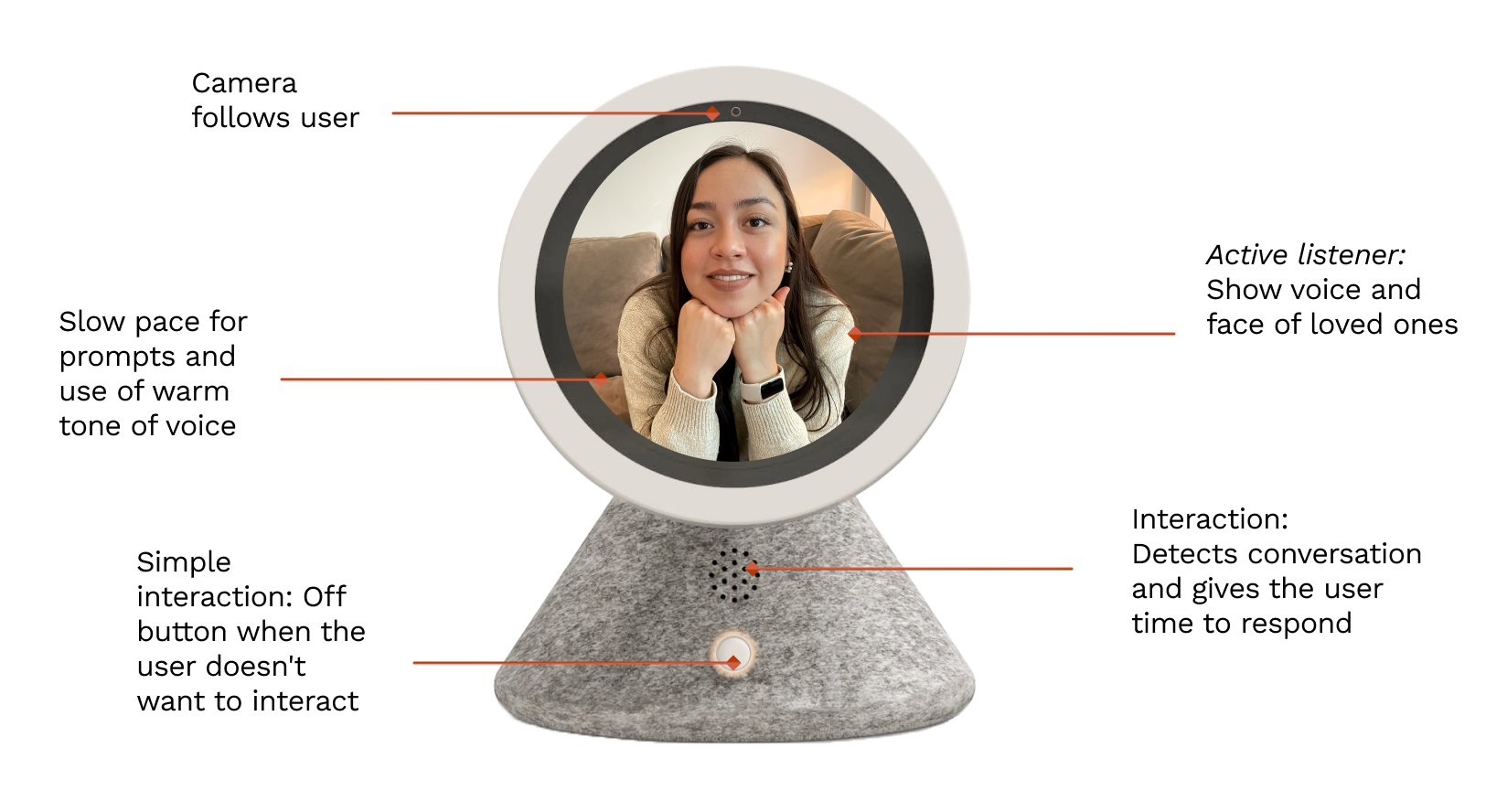
VISUAL USER INTERFACE DESIGN:
In selecting a visual identity color palette, I began by exploring two visual directions and creating corresponding moodboards. We then shared the moodboards and gathered feedback around what emotions each elicited.
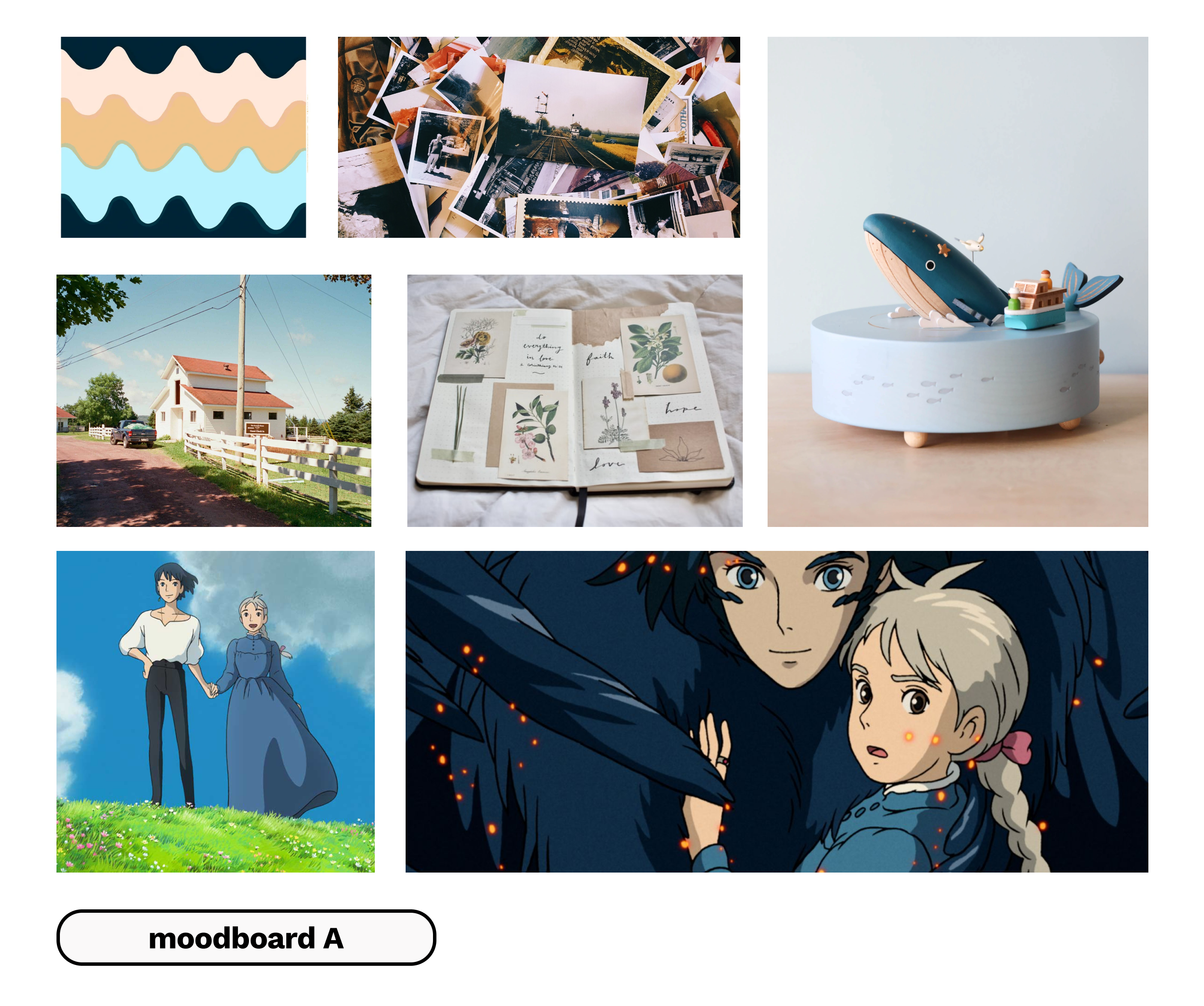

Moodboard A elicited feelings of “gender-neutral” and “clean”, whereas the moodboard B made viewers feel “calm, a little playful” and compared to moodboard A was “more exciting, poppy, eccentric.”

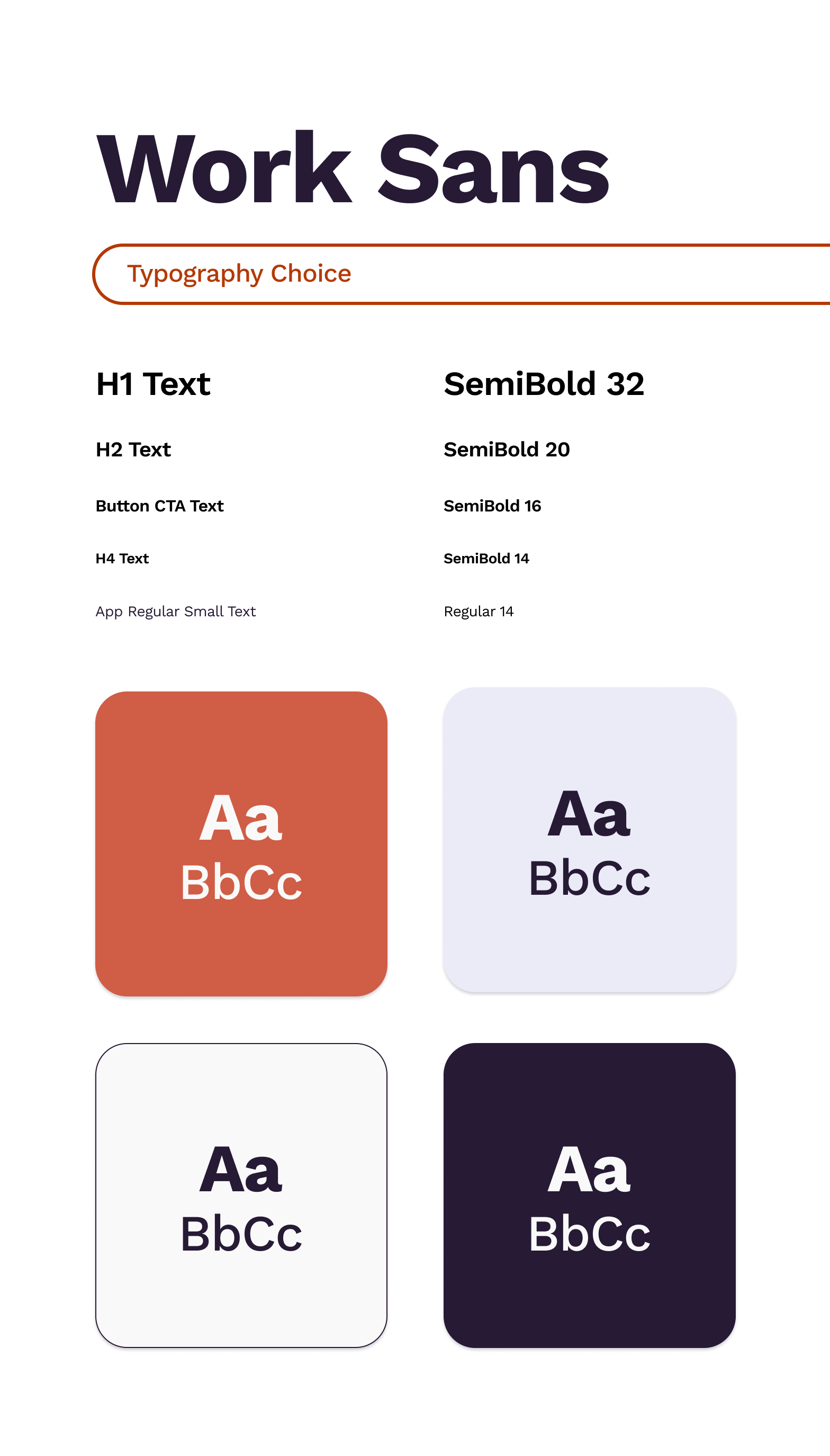
HI-FIDELITY DESIGNS:
